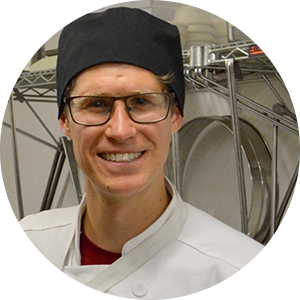Once a niche industry, vegan cooking is quickly becoming a popular option. And if they’re not eating full-on plant-based diets, many Americans have nonetheless reduced their consumption of meat for a variety of reasons ranging from personal preference to sustainability.
A 2020 Gallup poll found that 23% of people in the United States reported cutting back on eating meat in the previous year. And the Plant-Based Food Association reported $8 billion in sales of plant-based foods in 2022, a 6.6 percent increase; the association also reported a 44.5 percent three-year growth in sales.
This means there’s more opportunity than ever to find work in this field. A plant-based degree or diploma can help jump-start that career.
What Is Vegan Cooking?
Veganism is one of a handful of options for people who want to follow a plant-based diet. People who are strictly vegan consume no animal products whatsoever, including meat, fish, eggs, and dairy. They often try to avoid animal products in other areas of their lives too, like avoiding leather or products that have been tested on animals.
This contrasts with vegetarians, who might include things like eggs, dairy, and honey in their diets. The idea of “plant-based” can also refer to diets that reduce animal products without eliminating them altogether, like the Mediterranean Diet.
In Escoffier’s Plant-Based Culinary Arts programs, you can discover a multitude of creative ways to design plant-based menus or find vegan alternatives for some classic dishes.
Starting with a base of ingredients that includes vegetables, fruits, nuts, legumes, whole grains, and plant proteins, you can discover innovative ways to make delicious meals. That inventiveness extends into ingredient substitutions that expand your repertoire to include vegan cheeses, burgers, and even steaks.
Students may also discuss business and entrepreneurship as well as management and training. Exploring the industry’s business side can allow students to connect plant-based skills to practical business concepts. This may help them more effectively bring their creations to customers.
What Are the Differences Between Vegetarian, Vegan, and Plant-Based?
While these three diets often get lumped together, each has a unique definition.
- Vegetarian: A diet that includes no meat, but may include animal by-products like milk and eggs
- Vegan: A diet that includes no animal products, including meat, eggs, dairy, and honey
- Plant-Based: A diet that prioritizes plant-based ingredients like vegetables, grains, and nuts; may or may not include animal products
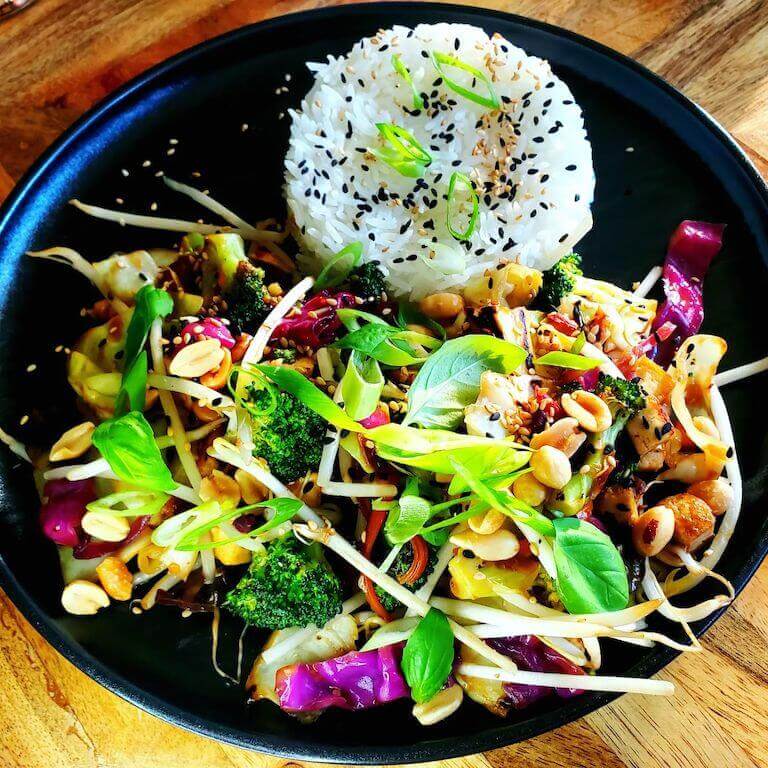
Vegan cooking can be interesting and beautiful. This is a vegetable stir fry dish by Plant-Based Culinary Arts Student Dianna V.
Common Vegan Ingredients
Although they might at first seem restrictive, vegan menus can actually be quite expansive and fun. One of the stamps of vegan cooking is finding meatless protein sources that are versatile and delicious to ensure you’re getting the necessary macronutrients your body needs.
A plant-based meat substitute typically includes a combination of protein sources like tofu, seitan, lentils, and the like. Then a plant-based binding agent like gluten or flax seed meal holds the mixture together and gives it structure.
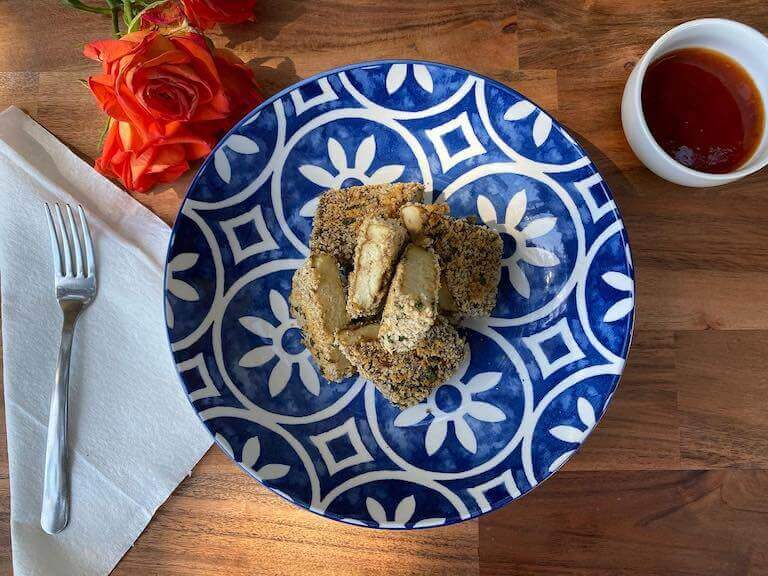
Encrusted Tofu by Plant-Based Culinary Arts Student Vanessa H.
Other meat substitute options can include jackfruit, chickpeas, nuts, and seeds. Quinoa, a high-protein grain, is popular in place of rice or couscous. Equally important are healthy fats and carbohydrates to keep your energy levels up. These might include:
- Farro
- Brown rice
- Wild rice
- Millet
- Nut butters
- Plant-based oils like avocado, coconut, or olive oil
Plant-based meat substitutes can imitate a variety of meats, from shredded pork to beef patties or chicken filets. The appearance, texture, and flavors all depend upon the combination of ingredients.
Here are some other substitution ideas:
Replace Meat Patties With Portobello Mushrooms or Seitan
Portobello mushrooms have long been a stand-in for burgers and a way to create a vegan burger without a processed alternative. Whisk together oil, basil, oregano, vinegar, salt, and pepper to pour over the top, marinate for at least 30 minutes, and place on a grill for about five minutes.
Seitan is made of wheat gluten and has a meaty texture often compared to beef or chicken. It’s a versatile substitute for a variety of dishes.
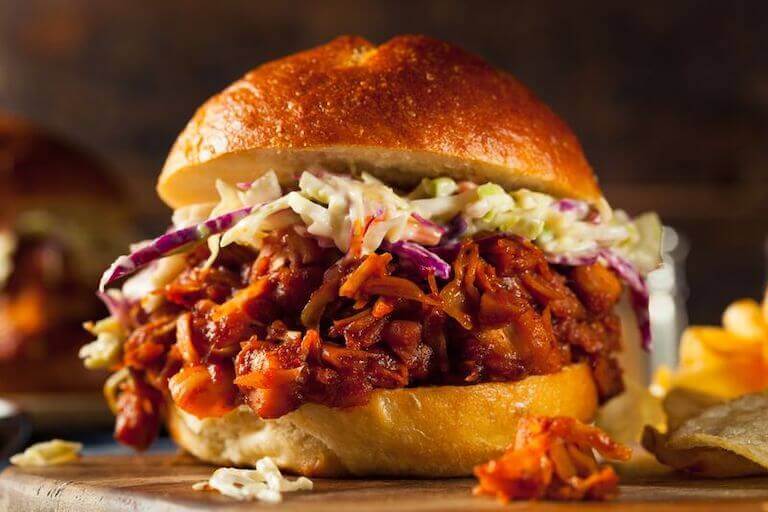
Meat substitutes can be a big part of vegan cooking.
Explore Milk and Egg Substitutes
Standard milk substitutes include coconut, hemp, almond, rice, soy, and cashew milk. But there are other tricks of the vegan trade as well:
- Instead of condensed milk, try full-fat coconut milk or coconut cream. Add sugar for additional sweetness.
- For buttermilk, add apple cider vinegar or white vinegar to a non-dairy, vegan milk. Allow the vinegar to sit with the non-dairy milk for roughly five minutes before using.
- Flaxmeal and water can be used as a binding ingredient in place of eggs and are also good leavening agents, while applesauce is a handy substitute when you need to add moisture.
- Aquafaba (the liquid from a can of beans, typically chickpeas) can be used as a substitute for egg whites.
Leafy Greens Are King
No vegan diet is complete without a variety of leafy greens. These include kale, spinach, collards, Swiss chard, bok choy, and even mint and cilantro.
Leafy greens can be blended into smoothies or soups, made into snacks like kale chips, sauteed along with aromatics, and served as the “wrap” in a sandwich wrap.
Nuts Are Everywhere
More than a snack at the local bar or on an airplane, nuts (and seeds) can be used in almost everything.
While they do make for a salty, crunchy snack, they can also be blended into a butter (like sunflower butter), used for pesto (like pine nuts), and for a cheese (think cashews). You can make your own almond or cashew milk, and nuts also make a great crunchy garnish for dishes like salads.
Remember Your Seasonings
Seasonings are key in any menu, but particularly important in vegan dishes, whether to replicate meatier flavors and non-vegan foods or to bolster the flavor of an otherwise bland ingredient. Consider also using sea salt, which may have a bit less sodium by volume due to larger crystal size.
You’ll likely use a variety of vinegars in vegan cooking, including balsamic, apple cider, champagne and more. And some common spices include cinnamon, rosemary, thyme, and basil, garlic powder, chili powder.
For sweets, consider agave nectar, dates, applesauce, or maple syrup in place of honey. Nutritional yeast is super versatile as a substitute for cheese flavoring or topping, as a thickener, and as a supplement to add protein into meals.
Many students enjoy the discovery and experimentation of finding substitutes for animal products. The skills they can develop go beyond the self-satisfaction and joy of solving a puzzle, however—restaurants that offer these menu items often serve customers with a variety of needs and special requests, so it’s vital that the chef understands the fine distinctions between plant-based and vegan diets.
Essential Kitchen Tools and Techniques
A vegan chef may use many of the same kitchen tools as other chefs, but they might also find some unique gadgets and may need to develop some unique skills.
Techniques include:
- Steaming—cooking food over boiling water, using just the steam to heat it
- Boiling—cooking food in a pot of boiling water
- Stir fry and sauteing—two similar methods that involve cooking food in wide, shallow pans like woks at high (stir fry) or medium (sauteing) heat for short periods of time
- Knife skills—techniques vary according to the knife, but it’s important to know how to make different cuts
- Blanching—briefly immersing a food into boiling water, then moving it immediately into an ice bath
- Roasting—a dry heat cooking method in which something is cooked at a higher temperature than baking
- Sweating—cooking a food like vegetables (onions are a popular choice) at a low-to-medium heat to release flavor and soften it but not brown it
Some key tools in a vegan kitchen include:
Spiralizers
Spiralizers come in handy for all kinds of dishes. This tool’s variety of blades can serve different purposes, like shredding or chipping, and be used on any number of fruits and vegetables.
The spiralizer is perhaps most well-known for helping people create noodles out of unique ingredients like zucchini (aka zoodles!). Vegans might eat pasta, particularly varieties that are whole grain and eggless, but it’s always nice to have veggie-based alternatives.
Slicers and Mandolins
These are versatile tools that help with thin slices and can also speed up the slicing process in general.
A mandolin can be used for paper-thin slices for foods like chips and coleslaw, and for shredding foods. Vegans might keep a slicer on hand to slice seitan, veggies, and bread.
High-speed Blender
Many vegans consider high-speed blenders a must, as they are necessary for making vegan cheeses and butters. They’re also handy for smoothies, soups, making non-dairy milk, and more.
Though a different style, an immersion blender is also nice to have. It provides a way to puree hot soup, blend batters, make hummus and pesto, or whip up that aquafaba into a meringue.
Coffee Grinder
Like the blender, a coffee grinder serves a number of purposes, including as a handy tool for cheeses. It’s a convenient way to grind up nuts and seeds, and it’s good for grinding spices.
Wok
A wok can be used for almost anything you’d cook in a frying pan. In addition to stir fry, you can use it to boil or steam foods, carmelize vegetables, fry meatless burgers, make pancakes, and more.
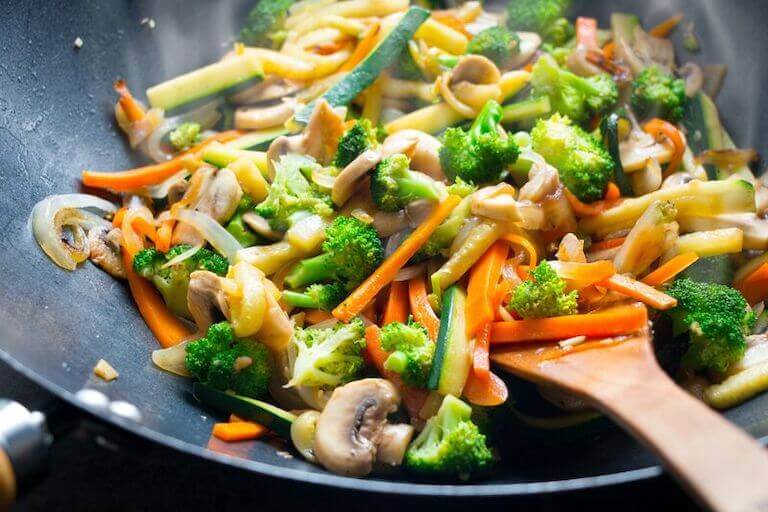
A wok can be an important tool in vegan cooking.
Tofu Press
A tofu press squeezes water out of a block of tofu to help it become firmer and denser. This makes the tofu easier to cut and cook and prevents it from being too crumbly.
Dehydrator
A dehydrator serves a variety of uses, including making dried fruit, trail mixes, fruit leather, etc.
Want to Know More? Try Plant-Based Culinary School
Interested in discovering more about plant-based cooking and vegan dishes? Escoffier’s Plant-Based Culinary Arts programs can introduce you to foundational skills, menu planning, allergen awareness, and more—while also applying those principles to a plant-based kitchen.
Contact us today to find out more about our plant-based course offerings and how you can build your knowledge of industry best practices in a flexible, interactive learning environment.
WANT TO KNOW MORE ABOUT VEGAN AND PLANT-BASED COOKING? READ THESE NEXT:
- What Credentials Do You Need to Become a Plant-Based Chef?
- Seven Vegan Chefs Every Plant-Based Culinary Arts Student Should Know
- Plant-Based Classes: A Guide to Culinary School for Vegans and Vegetarians
**Escoffier has written the recipes throughout the online program to be vegan. However, if students choose to buy/source ingredients that are not vegan, this is at their own discretion.

